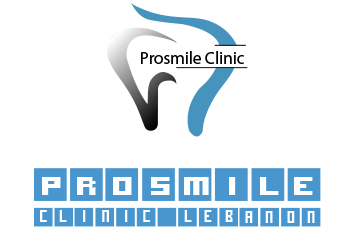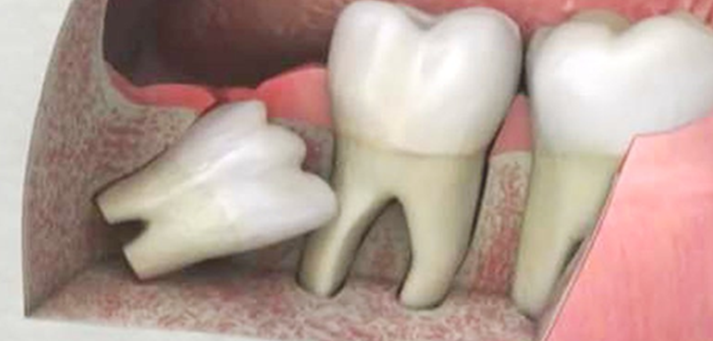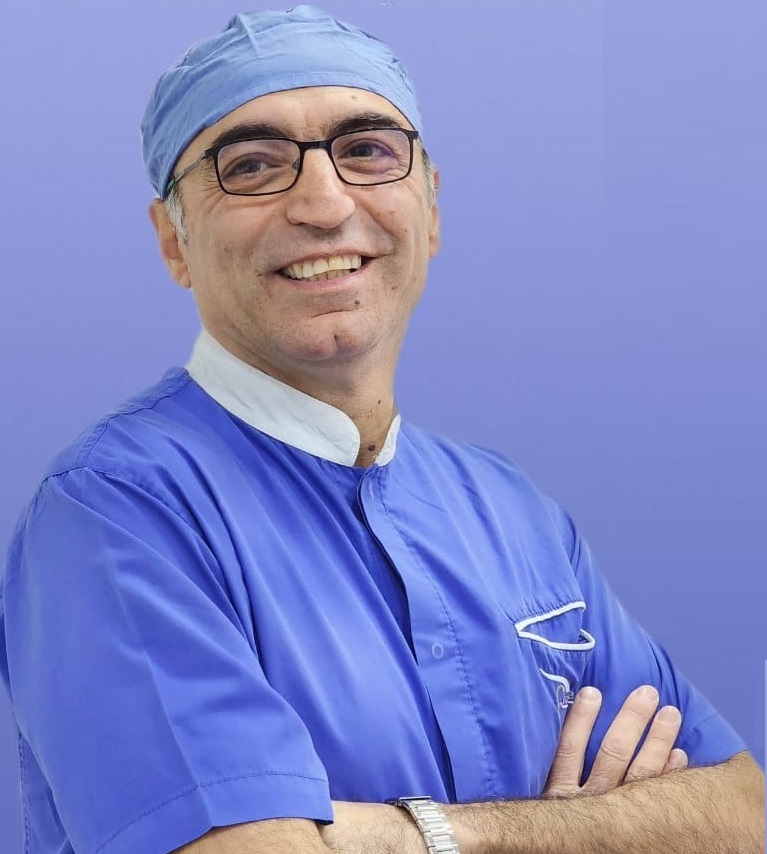Wisdom teeth
W
i
s
d
o
m
t
e
e
t
h
Wisdom teeth are the last teeth that most people get in their late teens or early twenties. Due to that most often they don’t find place to grow properly, that’s why more often, they are misaligned and require removal.
Wisdom teeth present potential problems when they are misaligned – they can position themselves horizontally, be angled toward or away from the second molars or be angled inward or outward. Poor alignment of wisdom teeth can damage adjacent teeth, the jawbone, or nerves. Wisdom teeth that lean toward the second molars make those teeth more vulnerable to decay by entrapping plaque and debris. In addition, wisdom teeth can be entrapped completely within the soft tissue and/or the jawbone or only partially break through or erupt through the gum. Teeth that remain partially or completely entrapped within the soft tissue and /or the jawbone are termed “impacted.” Wisdom teeth that only partially erupt allows for an opening for bacteria to enter around the tooth and cause an infection, which results in pain, swelling, jaw stiffness, and general illness. Partially erupted teeth are also more prone to tooth decay and gum disease because their hard-to-reach location and awkward positioning makes brushing and flossing difficult.
From our Cases
F
r
o
m
o
u
r
C
a
s
e
s

Case 1
C
a
s
e
1
Case 1: This 28 years old lady came to our clinic complaining with a moderate pain in her gum between her last two right molars (tooth # 48-47). After a clinical examination, an inflamed papilla is present due to food impactation between these two molars. Due to the diffucly to correct the wisdom tooth axe with the conventional orthodontic treatment, extraction of this wisdom tooth is indicated.

Case 2
C
a
s
e
2
Case 2: This 33 old female pregnant patient is referred to us for a severe dental pain on her left lower wisdom tooth #38. After an adequate digital x-ray, a severe damage of all the tooth structures is well evident on the x-ray. Extraction of this hopeless tooth is well required.

Case 3
C
a
s
e
3
Case 3: A 28 years old female is referred from her orthodontist to extract her lower right wisdom tooth. A digital x-ray is done and a” J” Shape root of the tooth is detected. A separation of the tooth in two parts is required, and a meticulous avulsion is done to avoid any fracture of the curve apex.


